
Leesburg, Va. - 9/21/07 - Dr. Jennifer G. Barrett joined Virginia Tech's Marion duPont Scott Equine Medical Center as an assistant professor of equine surgery.

Leesburg, Va. - 9/21/07 - Dr. Jennifer G. Barrett joined Virginia Tech's Marion duPont Scott Equine Medical Center as an assistant professor of equine surgery.

Orlando, Fla. - 9/13/07 - More than 3,000 equine practitioners, veterinary students, technicians and horse owners are expected to attend the 53rd annual convention of the American Association of Equine Practitioners (AAEP) Dec. 1-5 at Orlando's Gaylord Palms Resort and Convention Center.

Fort Collins, Colo. - Two dozen of the nation's top experts in equine medicine identified five key areas of lameness research that should get priority attention during the next five to 10 years.
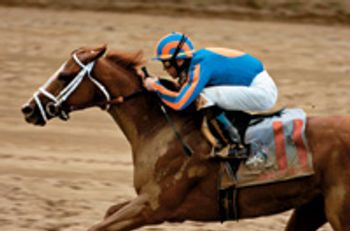
On June 9, 2007, Rags to Riches nosed out Preakness winner Curlin in a courageous duel down the stretch to become the first filly in 102 years to win the Belmont Stakes, and only the third filly to do so in its 139-year history.
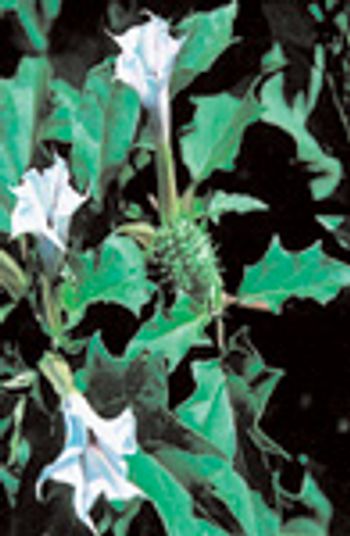
This is the second in a series of articles introducing the toxic plants most likely to poison horses in North America.

Athens, Ga. - 8/27/2007 - A University of Georgia alumnus with a lifelong love of horses donated $1 million to the university's College of Veterinary Medicine to endow a chair in equine studies.

Louisiana - 8/20/2007 - The state is urging horse owners to vaccinate their animals after the mosquito-borne virus Eastern equine encephalitis (EEE) caused the deaths of at least eight horses in Lafourche Parish, La.

During the initial five-year operational phase, the center will focus on diagnostics and orthopedics.

Chicago - The last remaining U.S. horse-slaughter for human consumption plant closed after a judge threw out a constitutionality argument against a state law banning the practice.

National Report - 7/27/07 - A progressive new equine respiratory ailment identified by researchers has limited treatment options and a poor prognosis for affected horses. With clinical signs similar to heaves, Equine multinodular pulmonary fibrosis (EMPF) is possibly linked to equine herpesvirus-5 -- a common disease thought to be non-pathogenic.

University Park, Penn. - 7/24/2007 - The Penn State Equine Identification Program, to be held over the next year, will assess the the impact of microchipping horses for identification and tracking for the National Animal Identification System (NAIS).

Horse injuries at the nation's racetracks might be reduced significantly if track veterinarians and officials had better informational tools in making pre-race assessments of horses and track conditions, experts say.
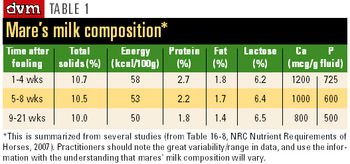
Hot weather requires an increase in water intake ... to compensate for sweat and respiratory losses.
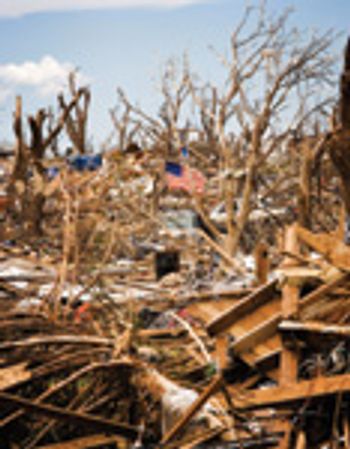
Greensburg, Kan. - When warning sirens wailed just before 10 p.m. on Friday, May 4, residents of this oil, gas and farming town sought cover, bracing themselves for a storm. What they didn't know was that, while most of them would survive the F-5 category tornado, at least 11 people and almost their entire city would succumb to the power and brutality of 205-mph winds.

Leesburg, Va. - Virginia Tech's Marion duPont Scott Equine Medical Center resumed full operations, including inpatient and emergency care, after a quarantine of nearly six weeks, imposed by the Virginia State Veterinarian's Office, was lifted April 2.
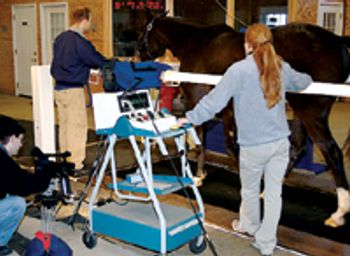
The technology will help many patients, but will be of particular benefit to athletic horses.
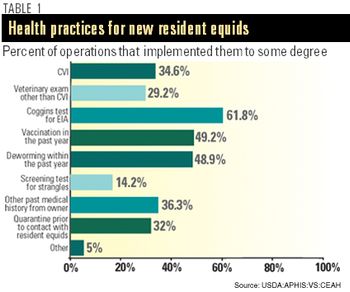
There are no signs this Spring of widespread high populations of eastern tent caterpillar (ETC) – the insect linked to Mare Reproductive Loss Syndrome (MRLS) – but horse farms still should take precautionary measures, says Lee Townsend, PhD, entomologist at the University of Kentucky College of Agriculture.

Washington, D.C. - The National Research Council is behind a project to assess current and future workforce needs in veterinary medicine and conclude with a report identifying industry options for continued success.

Blacksburg, Va. - While almost 400 Virginia-Maryland Regional College of Veterinary Medicine (VMRCVM) students attended classes and labs the morning of April 16, the start of a massacre was underway just 500 yards across campus.

Rockville , MD. - The Food and Drug Administration's (FDA) Center for Veterinary Medicine posted its Cumulative Adverse Drug Experiences (ADE) Summaries Report, providing veterinarians and animal owners easy access to information about reactions and other signs that have been associated with drugs.

Columbus, Ohio - Dr. Stephen Reed, Bud and Marilyn Jenne Professor in Equine Clinical Sciences and Research, announced his retirement from The Ohio State University College of Veterinary Medicine after 25 years.

Richmond, Va.- State veterinary officials quarantined six farms in northern Virginia that could have come in contact with a horse infected with equine herpes virus-1 (EHV-1).

Dallas - More than 85 percent of horse owners have a dog.
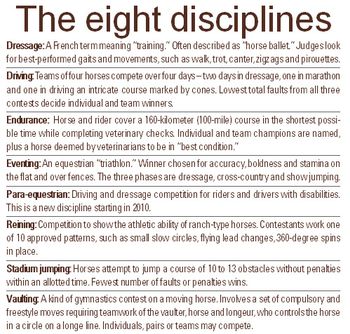
Lexington, Ky. - Not even a team of horses will be able to keep Dr. Kent Allen, a Middleburg, Va., DVM who specializes in equine sports medicine, away from this city three and a half years from now.

Ames, Iowa - 3/29/07 - Iowa State University College of Veterinary Medicine has been granted accreditation status by the American Veterinary Medical Association's Council on Education for the college's academic program, including a new partnership program with the University of Nebraska-Lincoln.

Kenilworth, N.J. - 3/12/07 - A deal valued at $14 billion, Schering-Plough is purchasing the animal and human healthcare businesses of Akzo Nobel NV, the parent of Intervet. Pending regulatory approval, the deal is slated to close by the end of 2007.

A federal appeals court recently upheld a 1949 law that bans horse slaughtering in Texas.
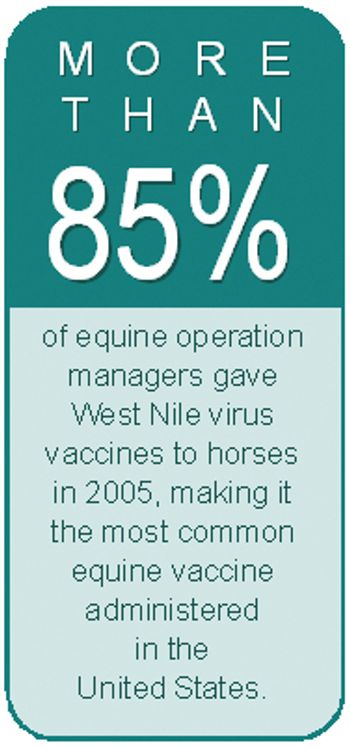
New guidelines give equine practitioners information on containing outbreaks.

Pleasant Hill, Calif. - Veterinarians vulnerable to lawsuits and state board complaints must remain vigilant when it comes to liability in their practices, and graduates equally should beware the dangers of working in an unsound legal environment.
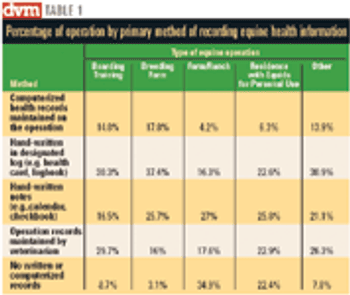
Las Vegas - More than 850 wild horses and burros were gathered from southern Nevada's Spring Mountains, thinning the densely populated herds, improving group balance in sex, age and condition and allowing nature to support the remaining animals.